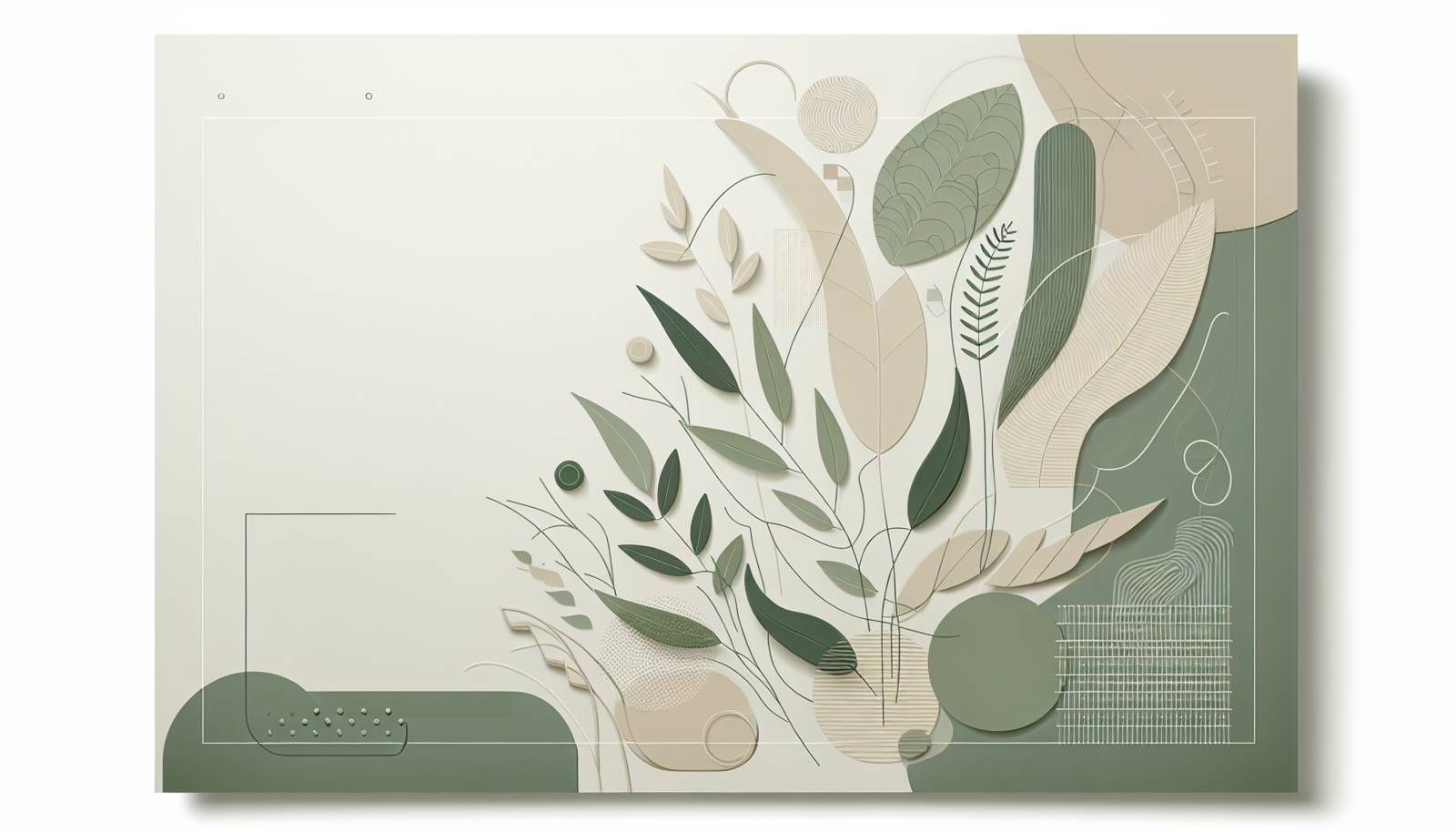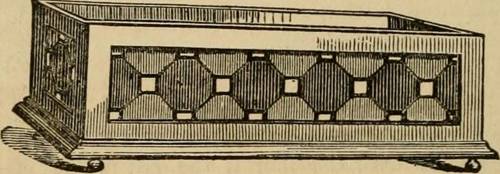
FAQ About Indoor Plant Pest Quarantine Practices

What is pest quarantine for indoor plants?
Pest quarantine for indoor plants involves isolating new or infected plants to prevent pests from spreading to other plants. This helps in managing pest infestations effectively by stopping the movement of pests between plant systems indoors.

Why is it important to quarantine new indoor plants?
Quarantining new indoor plants is crucial because it allows you to observe them for any signs of pests or diseases before they can infect your other plants. This proactive step helps in preventing widespread infestations, which can be challenging to control once they take hold.

How long should I quarantine a new plant?
New plants should typically be quarantined for at least 30 to 40 days. This timeframe allows you to monitor for any latent pest issues that might not be immediately noticeable upon arrival.

What signs indicate that a plant might have pests?
Signs of pest infestation include discolored or distorted leaves, webbing, small holes, sticky residue on leaves, or visible insects on the plant. Regular inspection can help identify these issues early.

Can pest quarantine prevent all pest infestations?
While pest quarantine significantly reduces the risk of pest infestations spreading, it cannot guarantee complete prevention. Pests can sometimes be microscopic or dormant and may not manifest until later, making ongoing vigilance necessary.

Where should I place a quarantined plant?
A quarantined plant should be placed in an isolated area away from other plants, ideally in a room where conditions such as temperature and humidity are manageable but separate from common plant areas to prevent accidental exposure.

How can I inspect a plant for pests during quarantine?
Inspect a plant by checking both the top and underside of leaves, stems, and any other visible areas for signs of pests. Use a magnifying glass to check for tiny insects and eggs. Soil should also be examined for pests or abnormalities.

What should I do if I find pests on a quarantined plant?
If pests are found, take measures such as removing visibly affected areas, applying appropriate insecticides or natural remedies, and extending the quarantine period to ensure full eradication of the pests.

Are there specific tools I need for pest quarantine of indoor plants?
Basic tools for pest quarantine include magnifying glasses for inspection, plant-safe cleaning solutions, insecticidal soaps, and isolating barriers like plastic sheeting or separate trays. These tools assist in making quarantine more effective.

Can quarantining indoor plants affect their health negatively?
Quarantine may temporarily stress a plant due to environmental changes, but if done properly, it shouldn't harm the plant. Ensure the quarantined plant receives adequate light, water, and ventilation to minimize stress.

Is quarantine necessary for plants bought from reputable stores?
Even when purchased from reputable sources, plants should be quarantined because pests can accompany them due to handling or shipping. Quarantine acts as a precautionary measure against unforeseen infestations.

How often should I check a quarantined plant for pests?
Check quarantined plants every few days for signs of pest activity. Regular inspection increases the chances of catching pest problems early before they spread or become severe.

Can houseplants be quarantined outdoors instead of indoors?
While possible, outdoor quarantine presents risks like exposure to new pests or unfavorable weather conditions. An indoor quarantine ensures more controlled conditions and reduces cross-contamination risks.

What natural methods can be used to treat pests during quarantine?
Natural treatment options include neem oil, insecticidal soap, and beneficial insects like ladybugs or predatory mites. Always test on a small plant area first to ensure no adverse reactions.

Should I quarantine plants that I've propagated myself?
While self-propagated plants might seem safe, quarantine is still advised to confirm they are pest-free, especially if they've been produced in shared environments with other plants.

Are there specific plants more prone to needing quarantine?
Plants with complex leaf structures or dense foliage, like ferns or African violets, may harbor pests more easily and thus can benefit significantly from quarantine measures.

What are the consequences of skipping pest quarantine for indoor plants?
Not quarantining plants can result in widespread pest infestations, leading to plant damage, increased susceptibility to diseases, and potential loss of entire plant collections.

Can I use chemical treatments immediately if pests are detected in quarantine?
Chemical treatments can be used, but always follow label instructions and consider less harsh methods first. Some pests may develop resistance, so chemical use should be part of an integrated pest management approach.

What is the role of integrated pest management in quarantine?
Integrated Pest Management (IPM) utilizes various pest control methods like cultural, mechanical, biological, and chemical measures. In quarantine, IPM helps effectively manage and eradicate pests by combining these strategies for comprehensive pest control.

Can multiple plants be quarantined together?
Quarantining multiple plants together is risky unless they are from the same source and appear pest-free. Isolating them individually is preferable to prevent cross-contamination, especially if an infestation is discovered.
